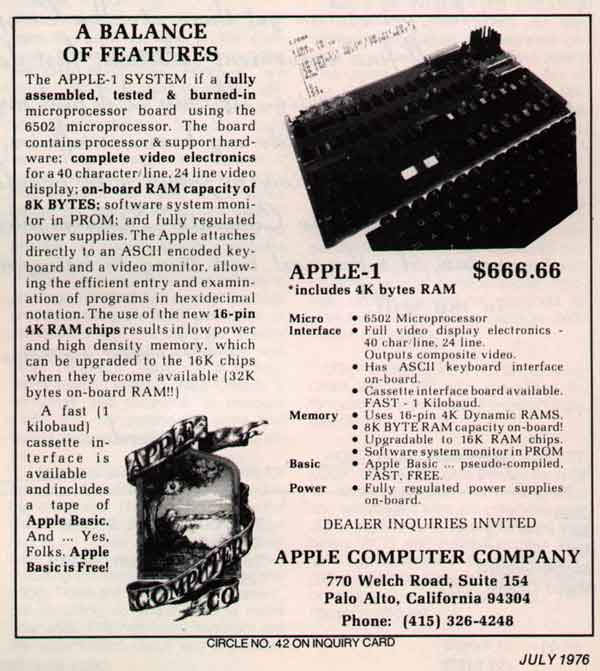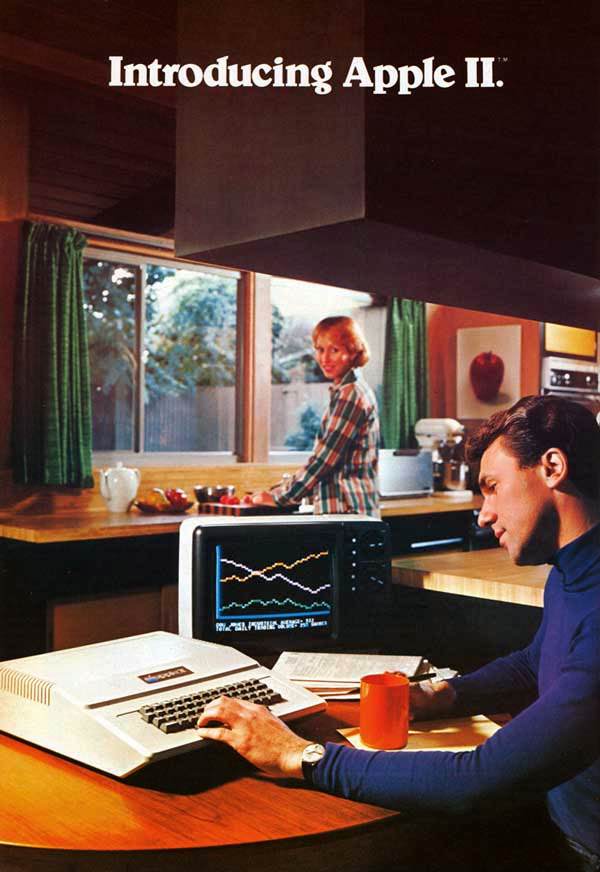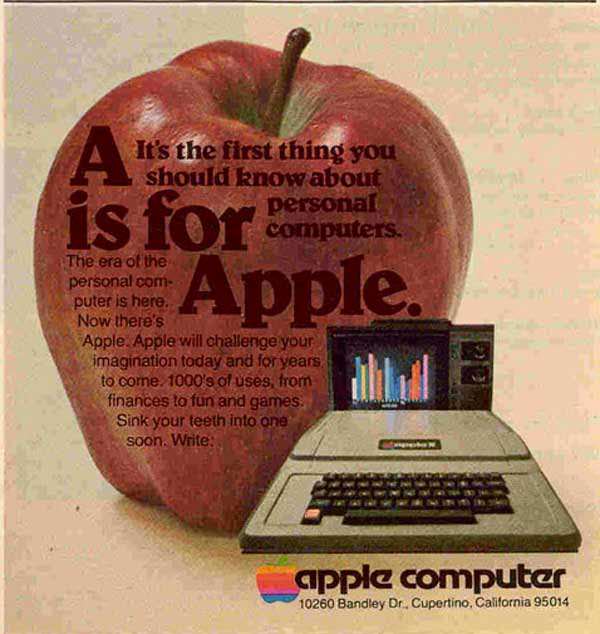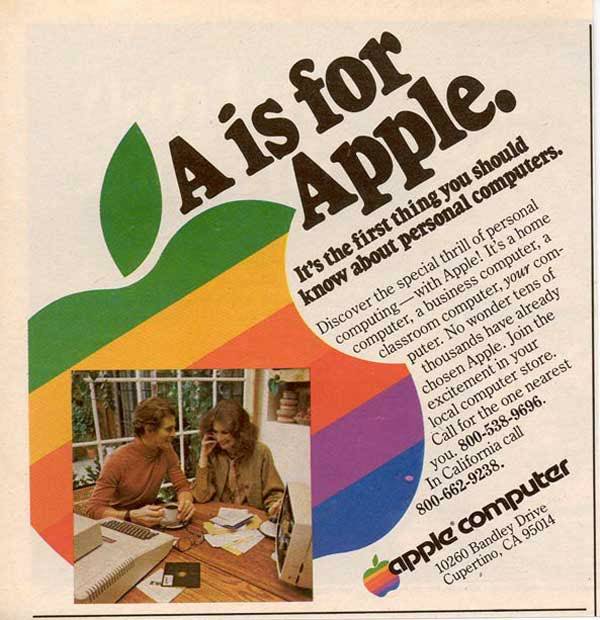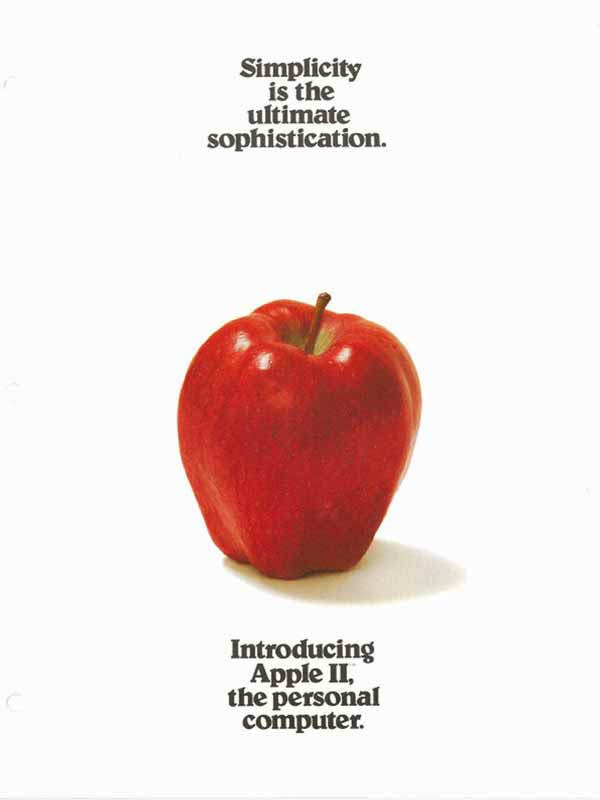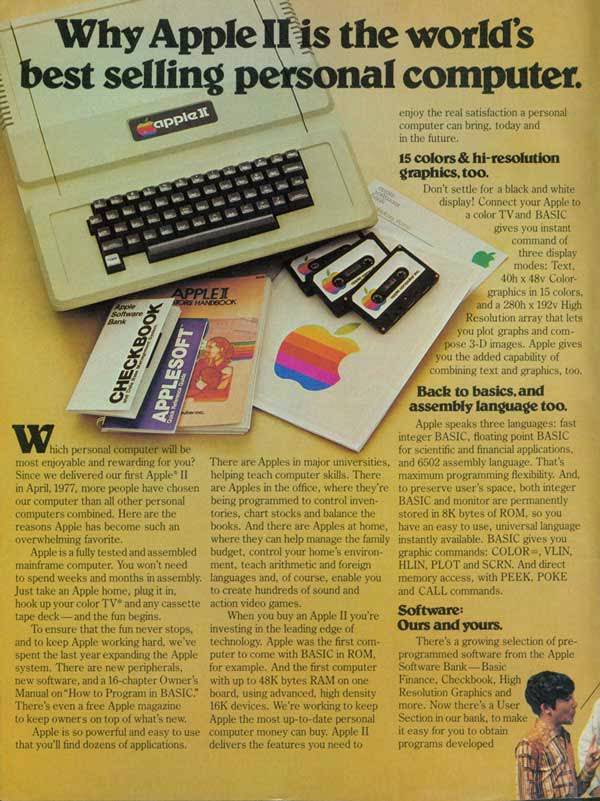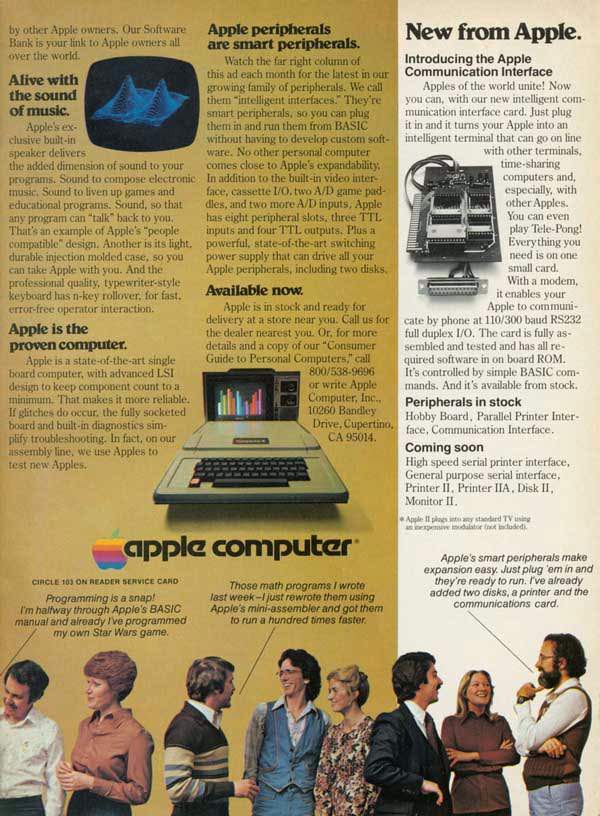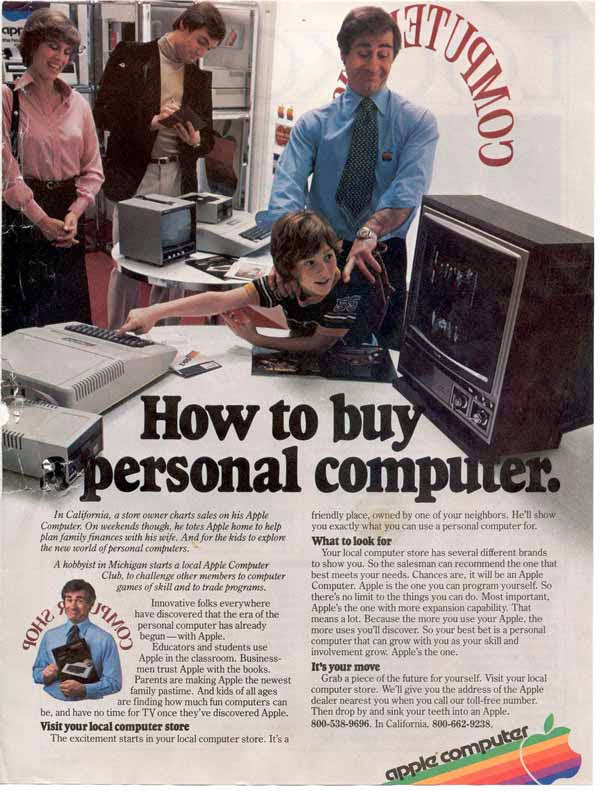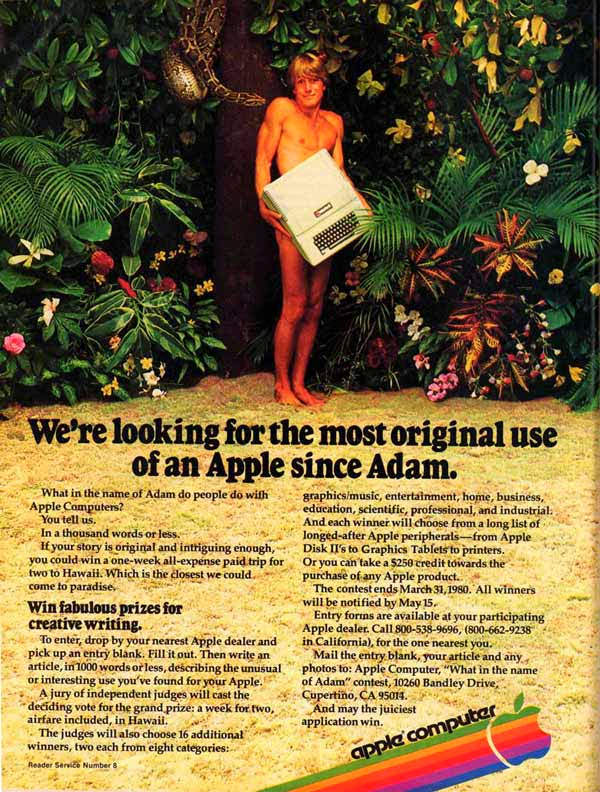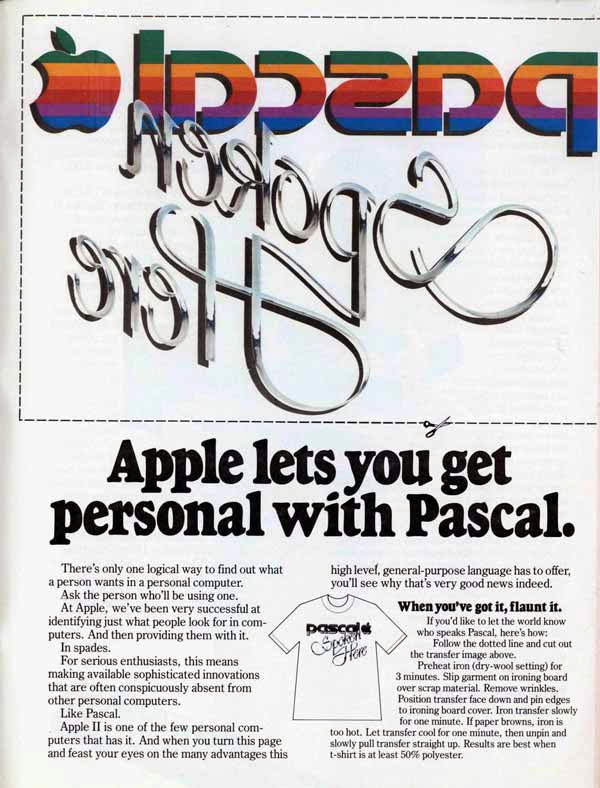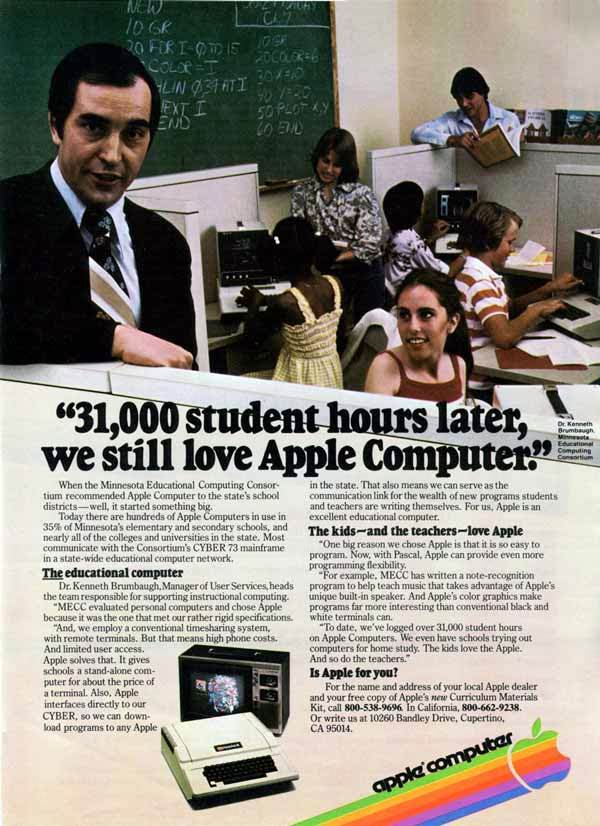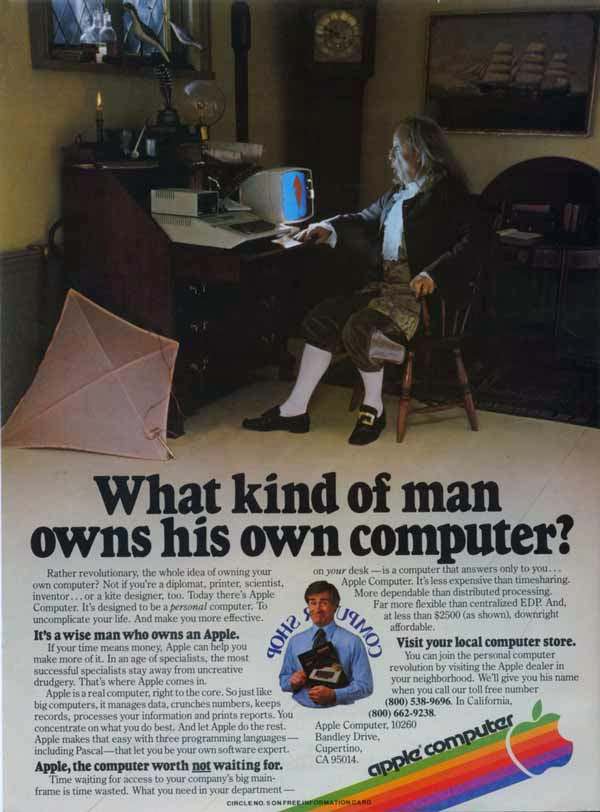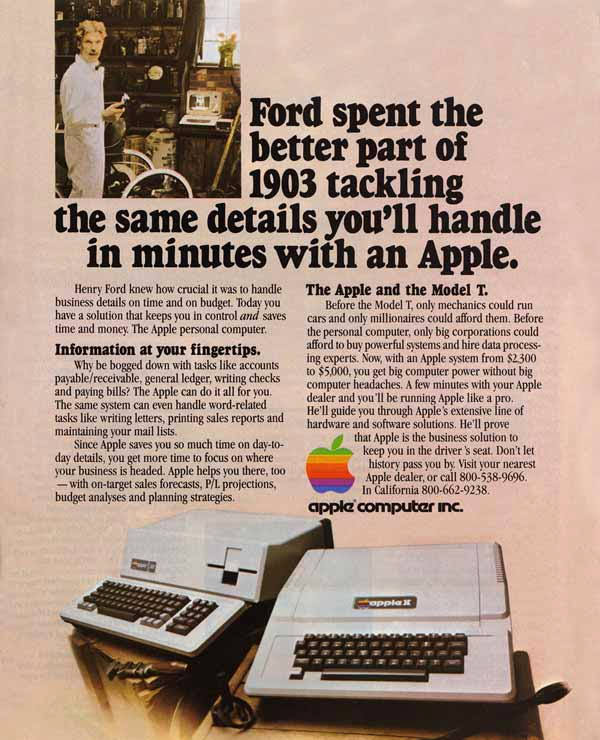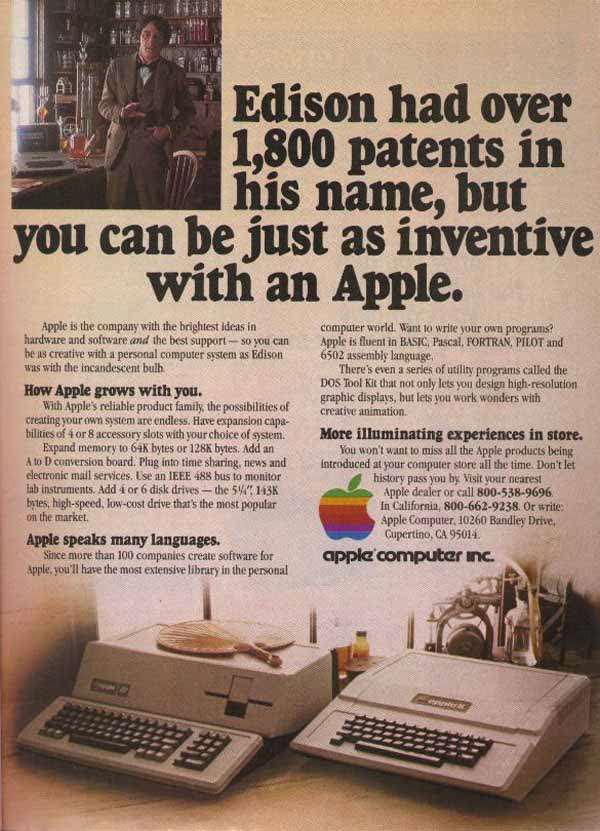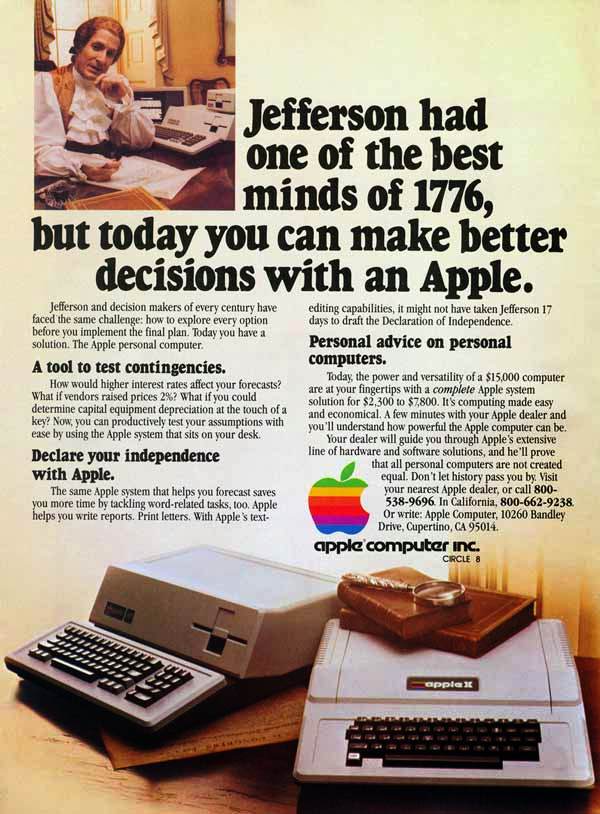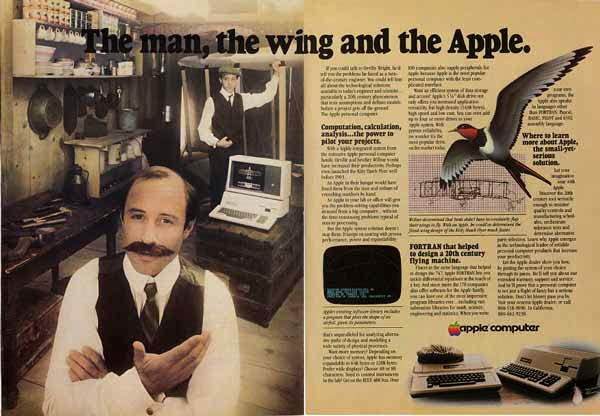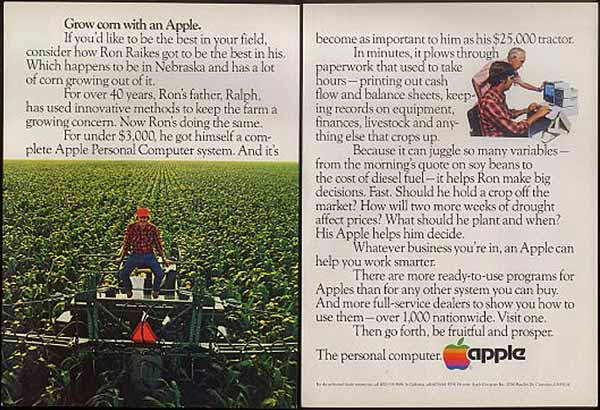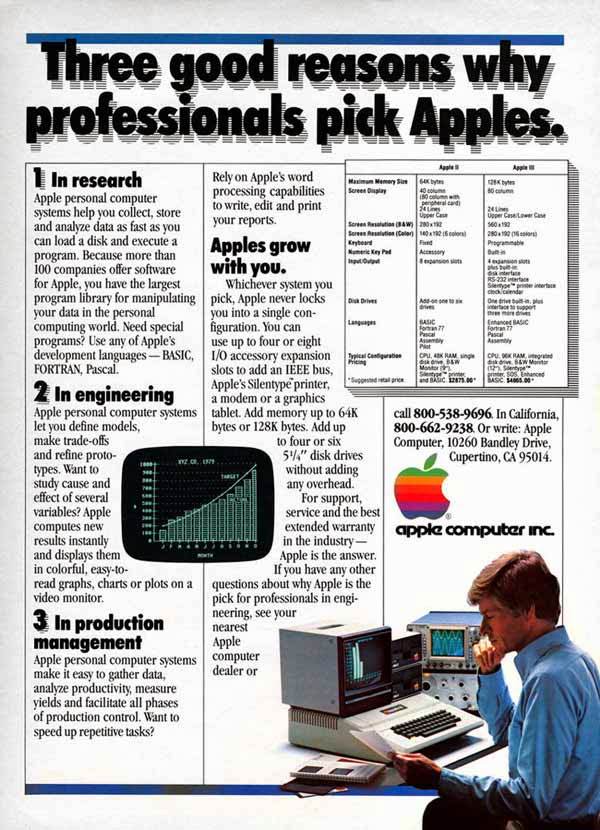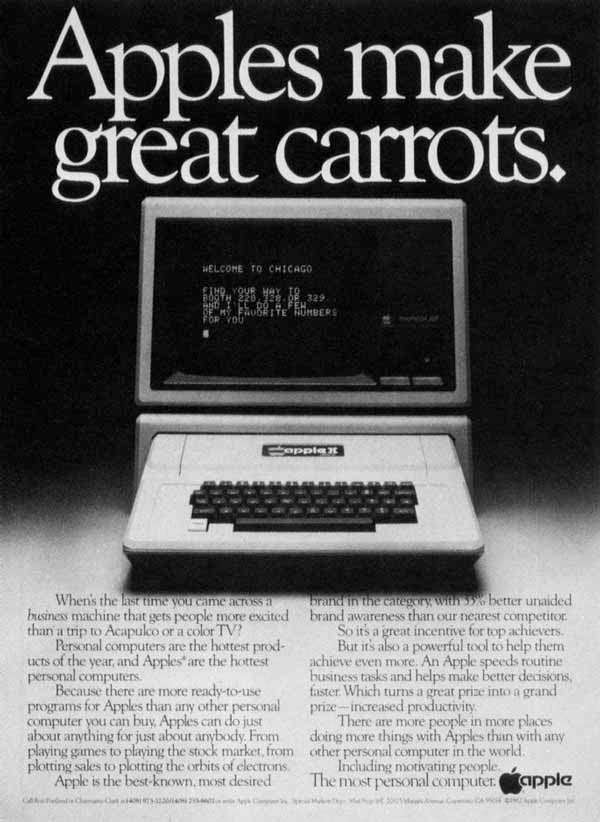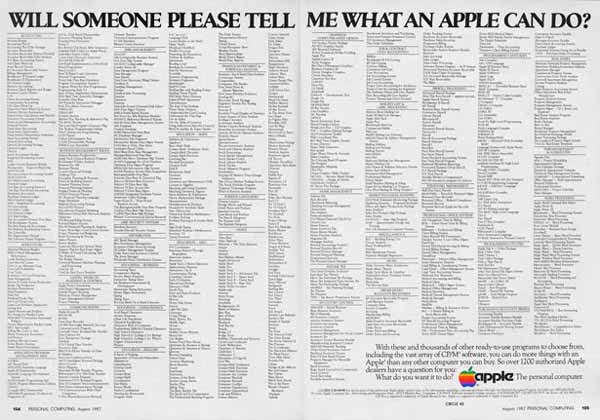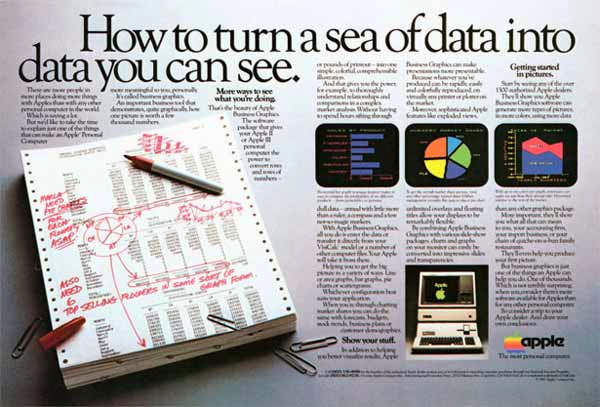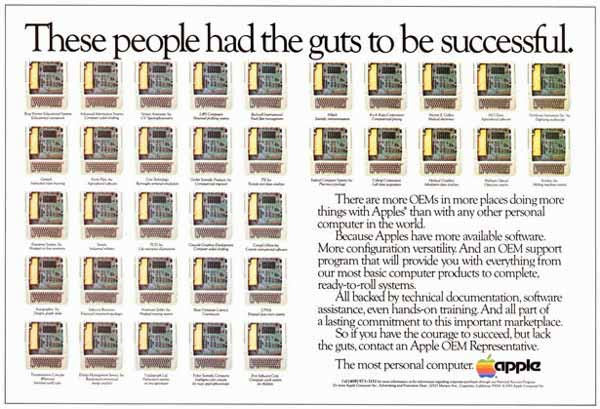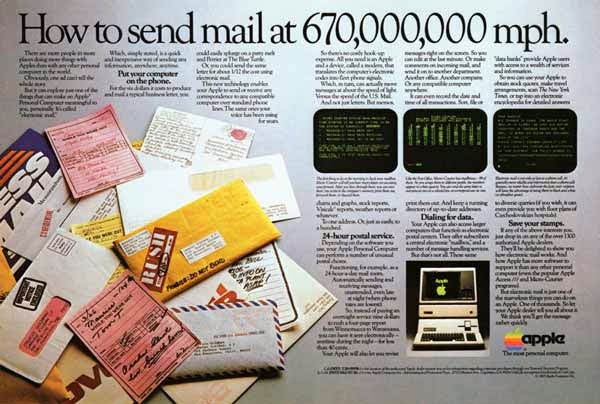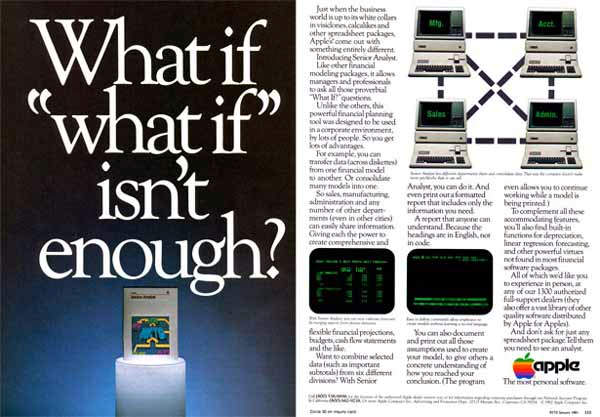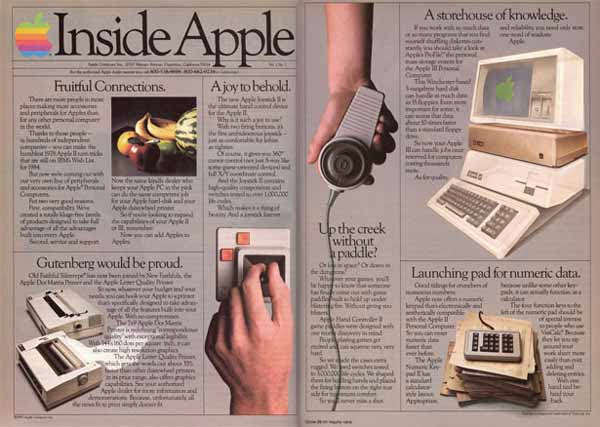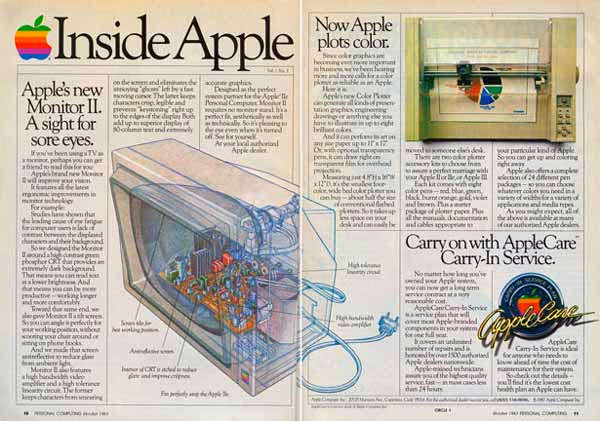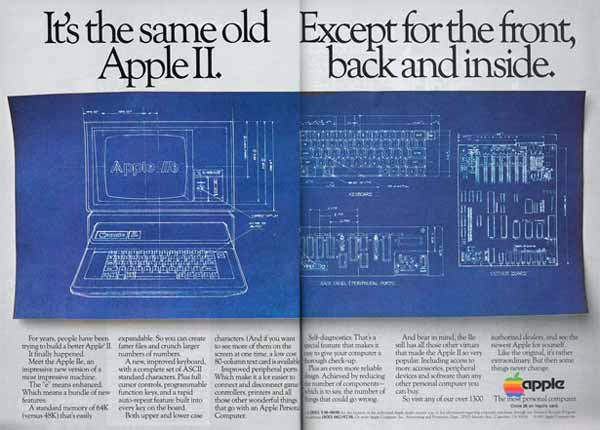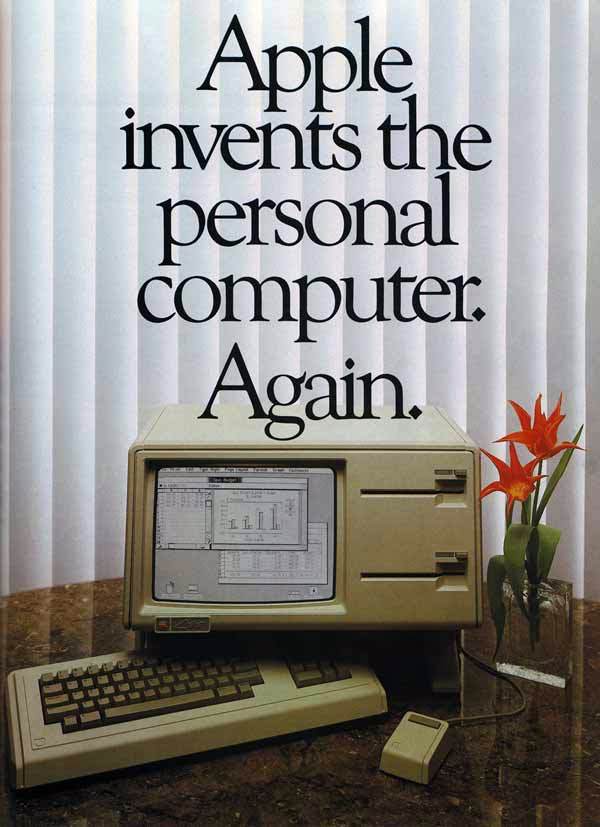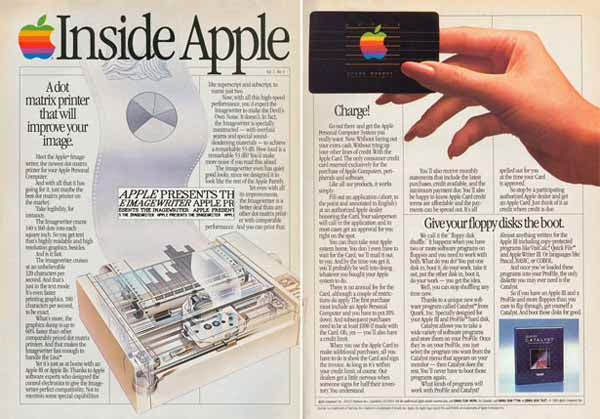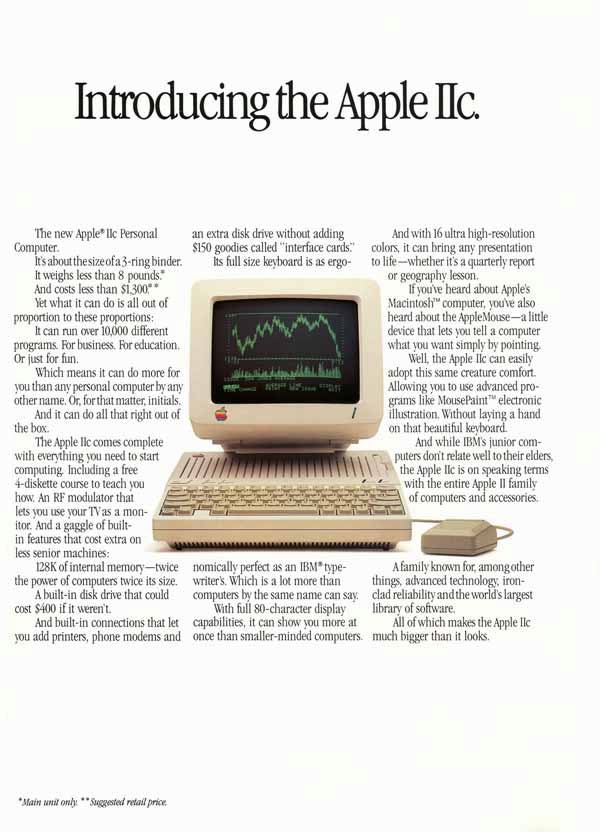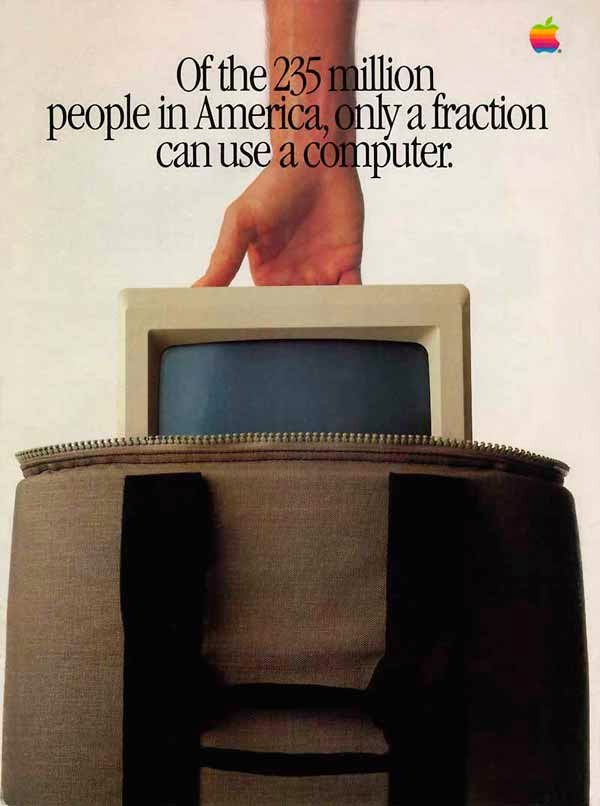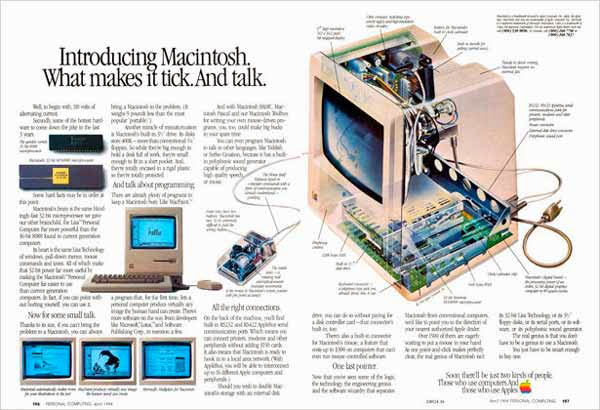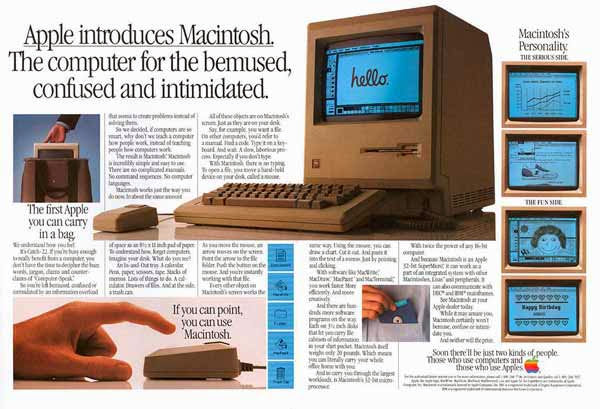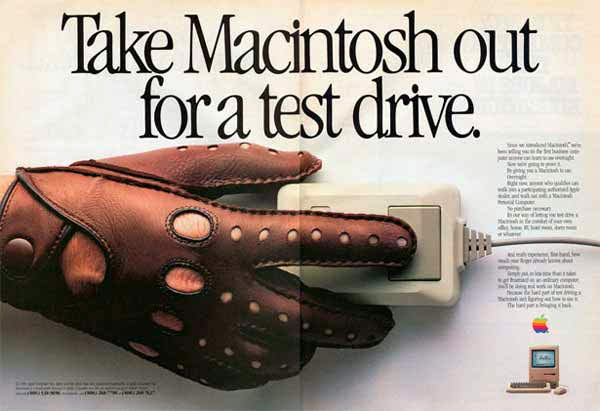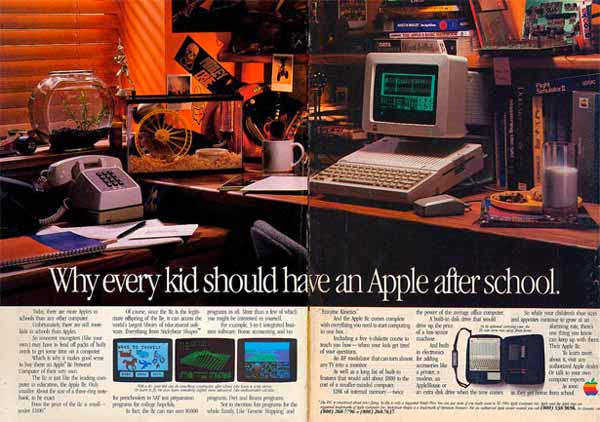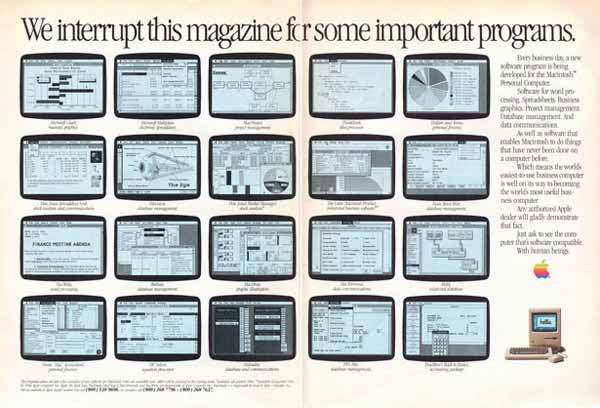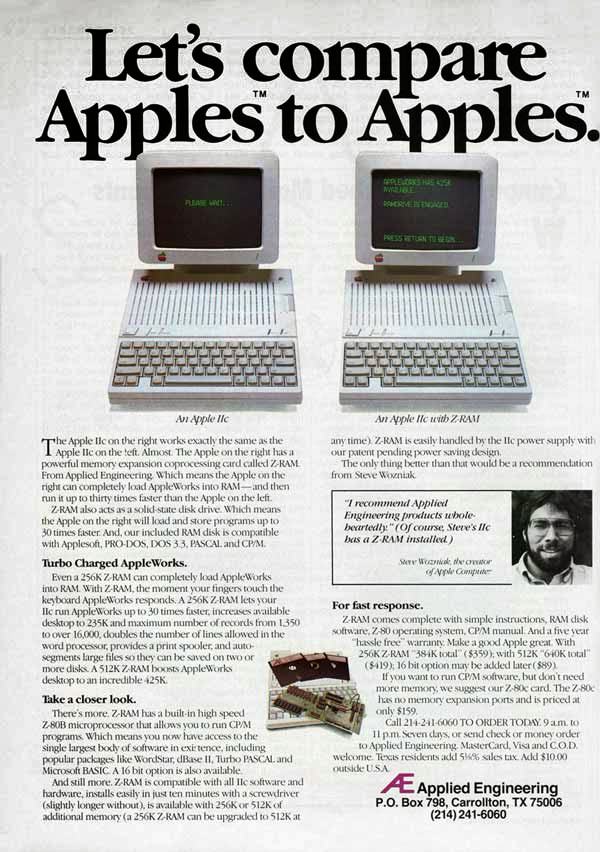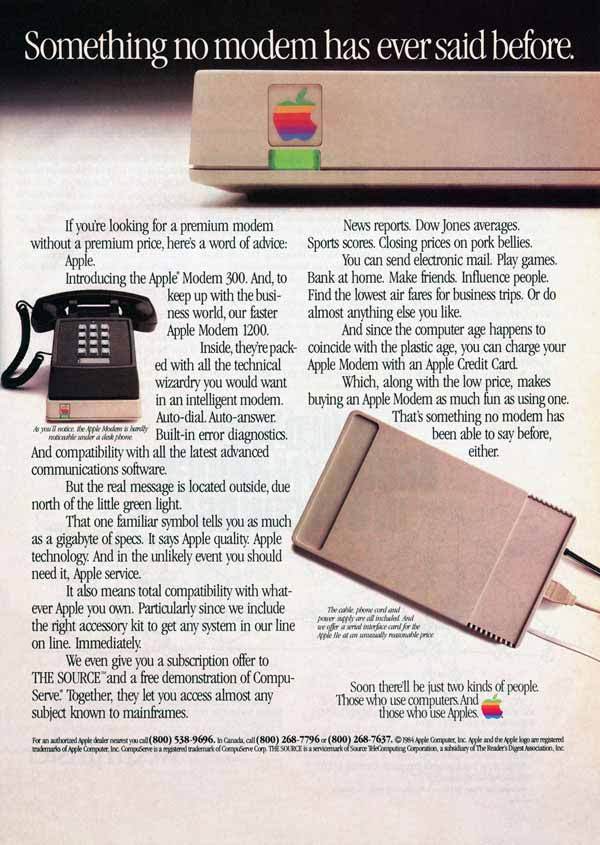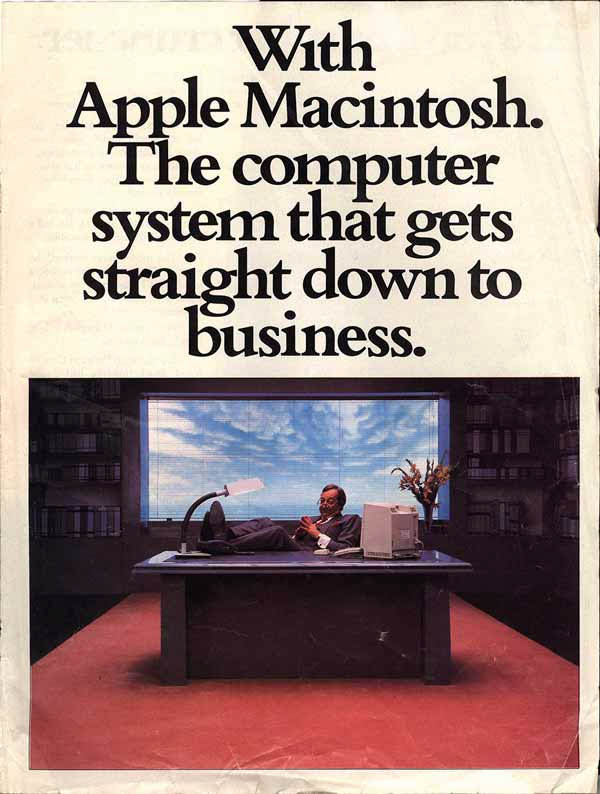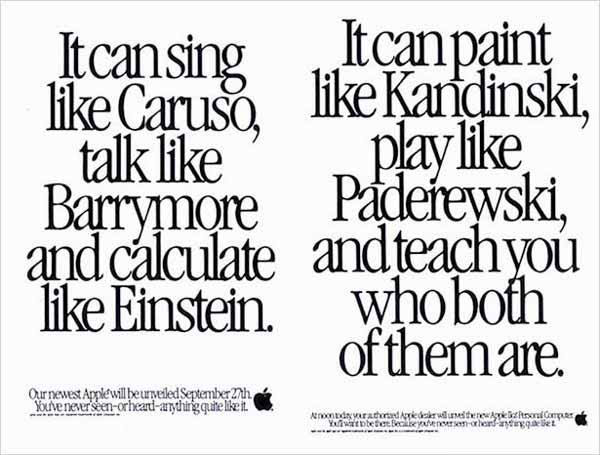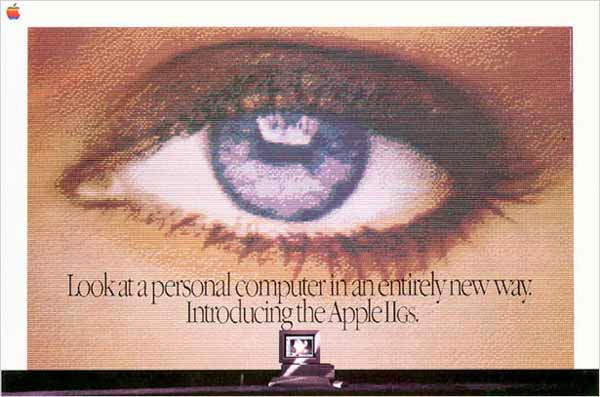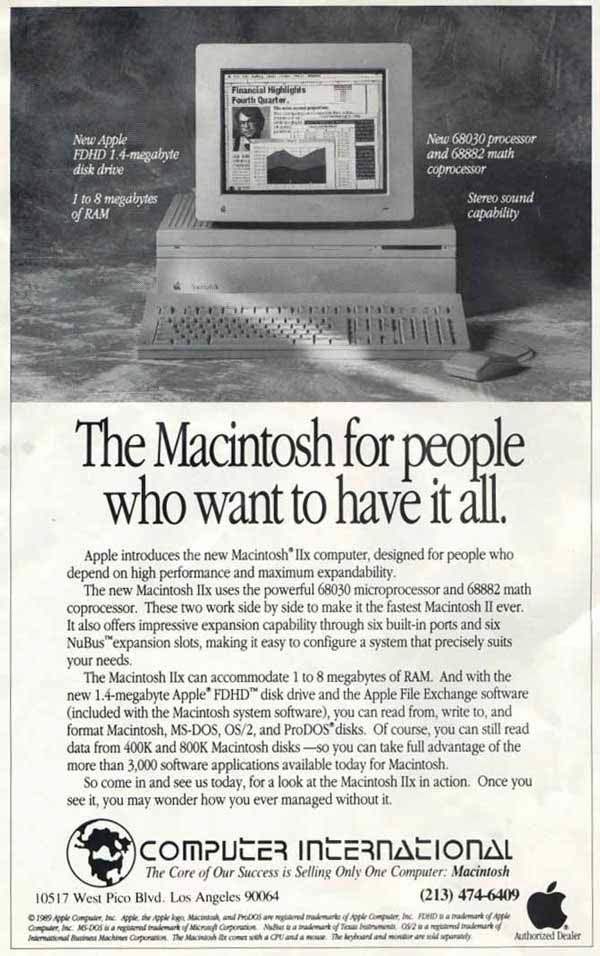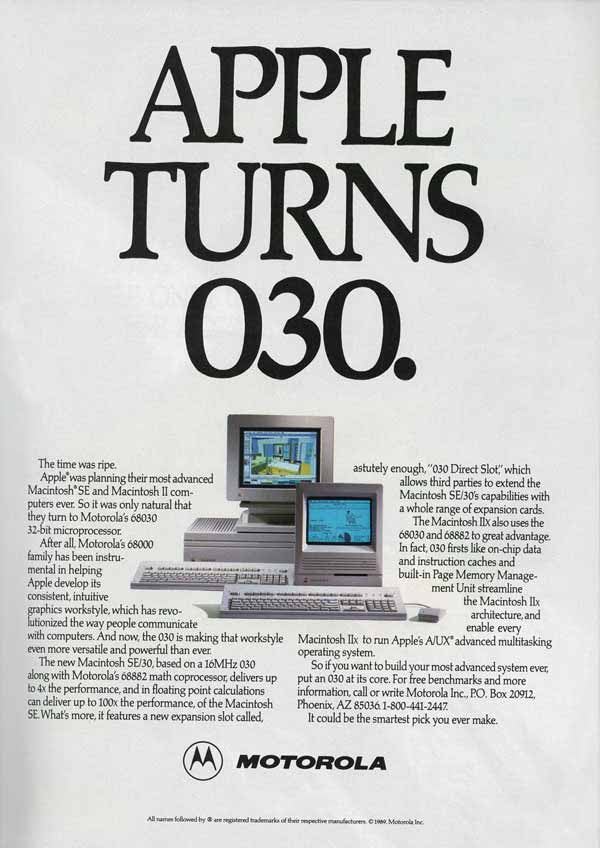In the late 1970s, Apple Computer Inc. began to introduce its products to the world. The company, established in 1976, released its first advertisements to capture the attention of a small but growing market of electronics enthusiasts and hobbyists.
The earliest ads for the Apple II computer were text-heavy. They appeared in magazines like BYTE and Scientific American. These advertisements were filled with technical specifications and details about the computer’s capabilities, such as its color graphics and the inclusion of the BASIC programming language. The goal was to explain what this new device was and what it could do.
One early ad from this period was headlined, “A is for Apple.” It featured a long block of text explaining how an Apple computer could help manage a stock portfolio, teach a child arithmetic, or organize a family’s finances. The tone was educational, aiming to make the concept of a personal computer less intimidating for the average person. Another famous ad from 1979 featured a man using an Apple II in his kitchen, with the headline, “How to buy a personal computer.” The ad then presented a checklist of features that a good personal computer should have, all of which were present in the Apple II.
Read more
As the 1970s ended and the 1980s began, Apple’s advertising strategy started to shift. While still providing detailed information, the ads began to incorporate more ambitious and conceptual ideas. A notable 1981 ad for the Apple II showed a picture of Adam and Eve in the Garden of Eden, with the serpent offering an apple. The headline read, “We’re looking for the most original use of an Apple since Adam.” This ad was for a contest, inviting users to submit their innovative applications for the computer.
Apple’s advertising in this era often featured a simple layout: a single, large image at the top of the page, a bold headline, and multiple columns of text below. The company frequently used well-known historical figures in its ads to associate the computer with intelligence and innovation. A campaign called “The Newton of our day” featured portraits of individuals like Thomas Edison and Henry Ford, suggesting that an Apple computer was a tool for modern-day geniuses.
The most significant moment in Apple’s early advertising came with the launch of the Macintosh computer. To introduce this new machine, Apple commissioned a television commercial for the 1984 Super Bowl. Directed by Ridley Scott, the commercial, titled “1984,” depicted a dystopian, uniform society being liberated by a colorful female athlete who smashes a screen displaying a Big Brother-like figure. The ad ended with the text: “On January 24th, Apple Computer will introduce Macintosh. And you’ll see why 1984 won’t be like ‘1984’.” The commercial only aired1 nationally once but created an enormous amount of media attention.
Following the “1984” commercial, Apple ran a multi-page print advertising insert in major magazines. These ads explained what the Macintosh was and how its graphical user interface, controlled by a device called a “mouse,” made it easy to use. The ads were filled with images of the screen, showing fonts, graphics, and how users could simply point and click instead of typing complex commands. The text explained concepts like “windows” and “menus” to a public that had never seen them before.


